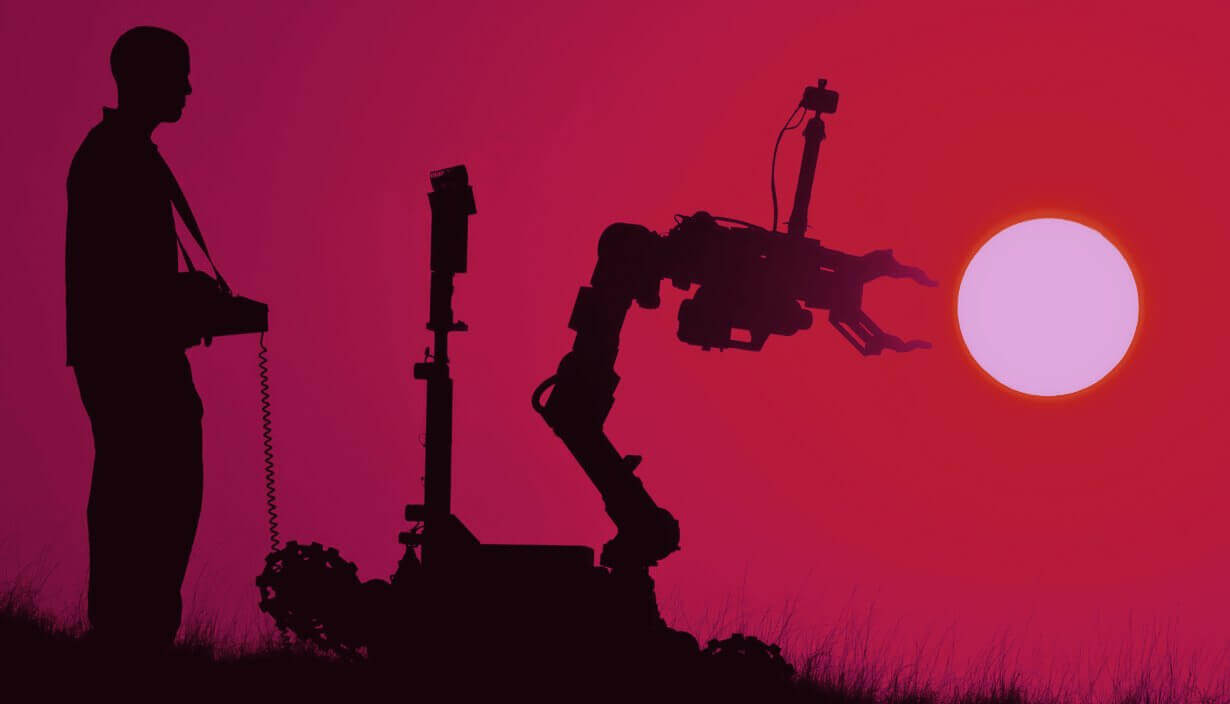It’s true that robotic process automation AI. can add much to your business. Freeing valuable resources and streamlining commercial practices are just two of the benefits that your business can enjoy when you make the decision to integrate RPA.
However, like the introduction of any new technology or process structure in a commercial environment, making sure that you integrate RPA successfully is paramount. Sure, you may be able to envision the immediate ROI and be excited by the changing landscape your business is about to enter but that doesn’t mean that you should neglect well-thought-out planning just to roll out the technology quicker than your business is ready for.
Basically, expansive cost savings and 100% accuracy don’t negate the need for structured planning. Why are we being overly cautious? A few reasons. For instance, automating inefficiencies won’t solve anything and may just make your business more inefficient.
To avoid any mistakes when deploying RPA, or any OCR AI for that matter, it’s wise to be aware of what potential pitfalls you could fall into. Interested in learning more? Here are four common traps that companies must avoid at their own peril when deploying robotic process automation AI.
A Transition Period
As we sit here in late 2019, there’s something that is as true today as it has always been: robots haven’t yet evolved to understand complex – emotional nuance. They prefer process maturity, constant commands and parameters, and system stability.
Frequent changes, especially those made by a business in a transition period, will confuse robots. They don’t yet have the capability to adapt to a wealth of changes in real-time. Not only that, such pressure may even force and OCR AI (or any artificial intelligence) to develop faults or crash.
Robots are bound by a rule-bound ethos. Though machine learning has evolved exponentially, robots cannot yet successful reconcile certain system changes. To consider deploying robotic process automation AI during an unstable or transitory time will not be successful.
An Ill-Prepared Organization
It may sound simple, but to consider integrating RPA within an organization that’s neither ready for nor unwilling to accept such a change is a mistake. All staff must readily accept and support the wholesale changes. Surprising staff with such a dramatic change that will directly affect their role may be met with some resistance.
How do you ensure success? Give staff reassurance that a change in process will not be to the detriment of their role. The wholesale embracing of RPA technology and the changes it will bring cultivates positivity – something that every organization should aspire to have.
Not Beta-Testing the Technology
Remember too that not beta testing RPA and rolling out the technology organization-wide is likely to cause a great deal of strain on those responsible. Put yourself in shoes of the go-to tech guy an organization for a moment. Then imagine that new processes have been rolled out only to have your phone and emails explode after a few hours with colleagues with one issue or another.
The best way to integrate robotic process automation AI is to begin testing the technology on small groups within the organization with simple actions. Then add more complex actions until the complete end-to-end solution. RPA is most successfully integrated when implemented slowly, over time.
Not Having a Back-Up Plan
The last pitfall to avoid – and, perhaps the most obvious – is to assume that coding a robot and then leaving it to complete its tasks is the long and short of your involvement. One RPA has been integrated, robots will need to be maintained and updated as an organization changes or evolves.
Once new integrations have been authorized, robots will need to be instructed to any rule changes. This too requires input and patience so that the transition is completed as seamlessly as possible. In short, organizations need to employ robust change management strategies, and especially clear interaction between IT and operations, to make sure both are in sync and that robots can react and adapt to the changes.
Additionally, RPA or any process change, such as cloud integration of OCR AI, is most successful when adopters understand and plan for the financial costs to maintain and upgrade the systems and account for any manpower training if required.
Despite there being obvious pitfalls to integrating RPA into an organization, the same can be said for technological innovations of any description. Being aware and planning for these will save your business a lot of time, hassle and money – and give yourself every opportunity of a successful and stress-free integration process.


